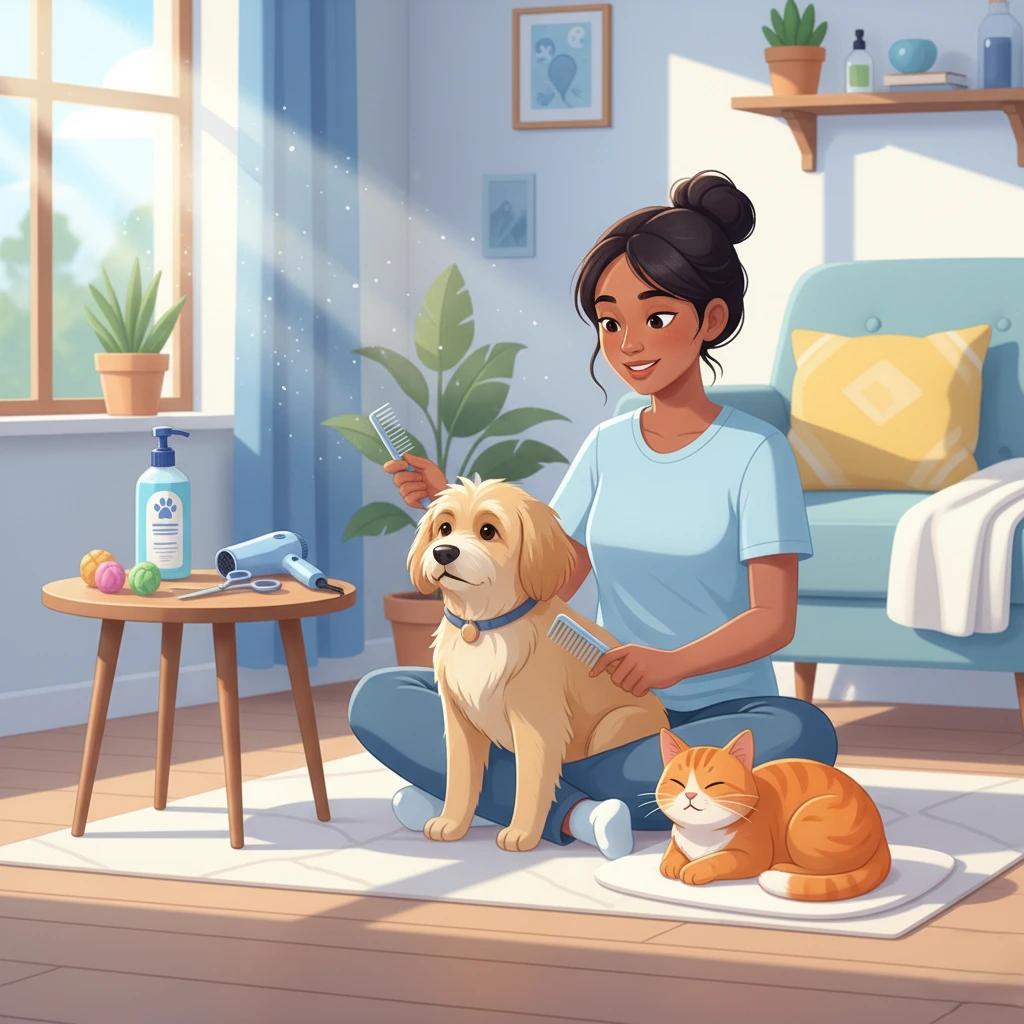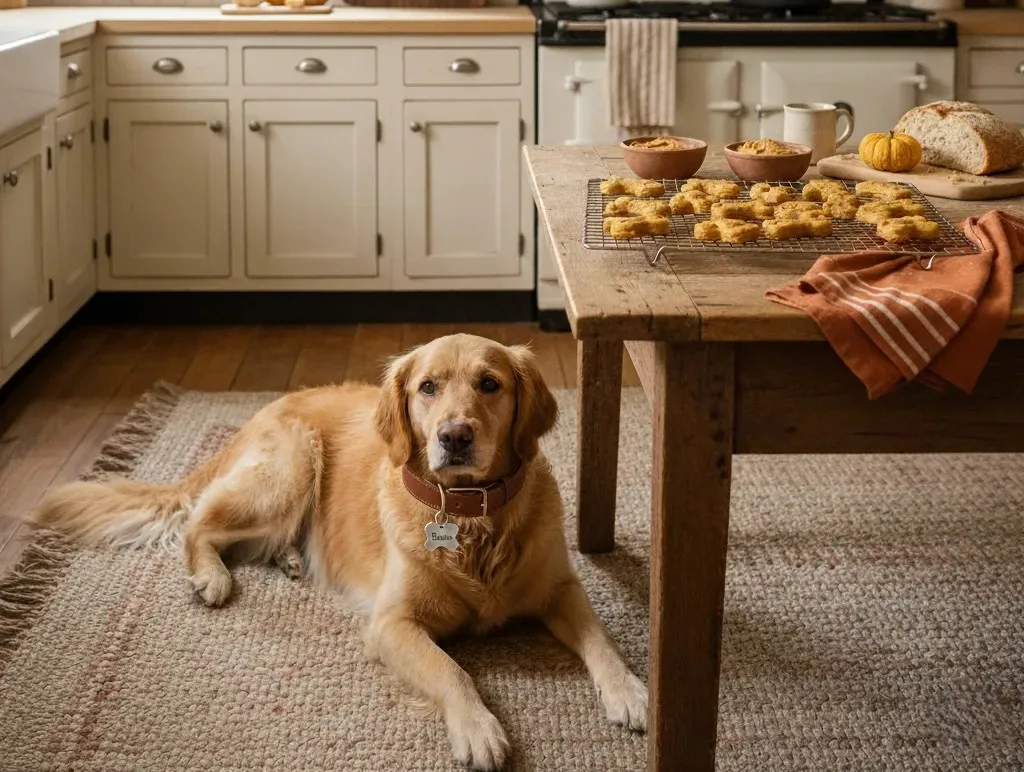Grooming your pet is more than just keeping them clean and looking cute — it’s an essential part of their overall health and happiness. Regular grooming helps prevent skin problems, reduces shedding, and strengthens the bond you share with your furry friend. While professional grooming services are great, learning how to groom your pet at home can save time, money, and stress. With the right tools, techniques, and patience, you can turn grooming sessions into a relaxing routine your pet will love.
Why Grooming at Home Matters
Grooming at home offers several benefits for both you and your pet. It helps you spot early signs of health issues like ticks, fleas, lumps, or skin irritation. Regular brushing keeps the coat shiny and tangle-free, while nail trimming prevents discomfort and posture problems. Most importantly, at-home grooming allows your pet to stay in a familiar, calm environment, reducing anxiety that often comes with salon visits.
Essential Grooming Tools You’ll Need
Before you start, gather a few basic tools to make the process smooth and comfortable for your pet.
- Brush or comb suitable for your pet’s coat type (slicker brush for long hair, bristle brush for short hair)
- Pet shampoo and conditioner formulated for your pet’s skin sensitivity
- Nail clippers or grinders designed for dogs or cats
- Ear cleaner and cotton balls
- Pet toothbrush and toothpaste
- Towels and blow dryer (optional for long-haired breeds)
Investing in quality grooming tools ensures your pet’s comfort and makes the process easier for you.
Brushing: The Foundation of Pet Grooming
Brushing is the simplest yet most effective way to keep your pet’s coat healthy. It removes dirt, prevents matting, and distributes natural oils for a shiny finish.
For Dogs
Brush your dog’s coat two to three times a week, or daily for long-haired breeds like Golden Retrievers or Shih Tzus. Start with a gentle stroke and always brush in the direction of hair growth. Use detangling spray if the coat has knots.
For Cats
Cats are naturally clean but still benefit from regular brushing to reduce shedding and hairballs. Short-haired cats can be brushed once a week, while long-haired breeds like Persians may need daily attention.
Brushing also gives you a chance to check for fleas, ticks, or skin irritations early.
Bathing: Keeping Your Pet Fresh and Clean
Bathing removes dirt, loose hair, and odors, but over-bathing can dry out your pet’s skin.
How Often Should You Bathe Your Pet
Dogs typically need a bath once every 3–4 weeks, while cats may only need one every few months unless they get particularly dirty.
Bathing Tips
- Use lukewarm water — never too hot or cold.
- Choose a pet-safe shampoo with natural ingredients like oatmeal or aloe vera.
- Gently massage the shampoo into the fur, avoiding eyes and ears.
- Rinse thoroughly to prevent residue that can cause irritation.
- Dry with a towel or a pet-safe blow dryer on low heat.
For cats, a quick sponge bath using a damp cloth often works best, especially for those who dislike water.
Nail Trimming: A Small Task with Big Benefits
Keeping your pet’s nails trimmed prevents pain, posture problems, and scratches on furniture and skin.
For Dogs
Use a nail clipper or grinder and trim just the tip, avoiding the pinkish “quick” inside the nail that contains nerves and blood vessels. If you’re unsure, trim a little at a time or ask your vet for a demonstration.
For Cats
Cat nails grow quickly, so trim every 2–3 weeks. Gently press each paw to extend the claws, and clip just the sharp tip. Offer treats afterward to make it a positive experience.
Ear Cleaning: Preventing Infections
Clean ears are essential for your pet’s comfort and health.
- Use a vet-approved ear cleaner.
- Moisten a cotton ball and gently wipe the outer ear flap.
- Avoid inserting anything deep into the ear canal.
Check for redness, bad odor, or discharge — these could be signs of infection that need a vet’s attention.
Dental Care: The Most Overlooked Grooming Step
Dental hygiene is just as important for pets as it is for humans. Poor oral health can lead to bad breath, gum disease, and even heart problems.
How to Brush Your Pet’s Teeth
- Use a pet toothbrush and toothpaste (never human toothpaste).
- Gently lift your pet’s lips and brush in circular motions.
- Focus on the back teeth where plaque tends to build up.
If brushing is difficult, try dental chews, water additives, or vet-approved oral sprays.
Eye and Paw Care: The Finishing Touches
Eye Care
Use a soft, damp cloth to wipe away tear stains or discharge. Breeds like Poodles or Persians are more prone to tear staining, so gentle daily cleaning helps.
Paw Care
Inspect your pet’s paws for cuts, debris, or irritation. Apply a paw balm to keep pads soft and prevent cracking, especially during hot or cold weather.
Dealing with Shedding
Shedding is natural, but too much can be managed with proper grooming. Brush regularly, feed a balanced diet rich in omega-3 fatty acids, and ensure your pet stays hydrated. Regular grooming sessions reduce loose hair and keep your home cleaner too.
Creating a Calm Grooming Routine
Not all pets enjoy grooming at first, especially those unfamiliar with the process. Start slow, use positive reinforcement, and keep sessions short in the beginning. Offer treats, gentle words, and breaks to make it enjoyable. Over time, your pet will associate grooming with comfort and bonding.
When to Seek Professional Help
Some grooming tasks may require professional attention, especially if your pet has thick mats, skin infections, or behavioral challenges. Professional groomers can also safely handle tricky areas like anal gland cleaning or breed-specific haircuts. Combining at-home care with occasional professional grooming ensures the best results.
Conclusion: A Happier, Healthier Pet Awaits
Grooming your pet at home is more than a chore — it’s an act of love. Regular grooming keeps your pet comfortable, confident, and looking their best. With patience, consistency, and the right tools, you can turn grooming into a joyful experience that strengthens your bond every time.
Remember, every stroke of the brush and every gentle bath is a way of showing your pet just how much you care. A clean pet is not just a happy one — it’s a healthy one too.



